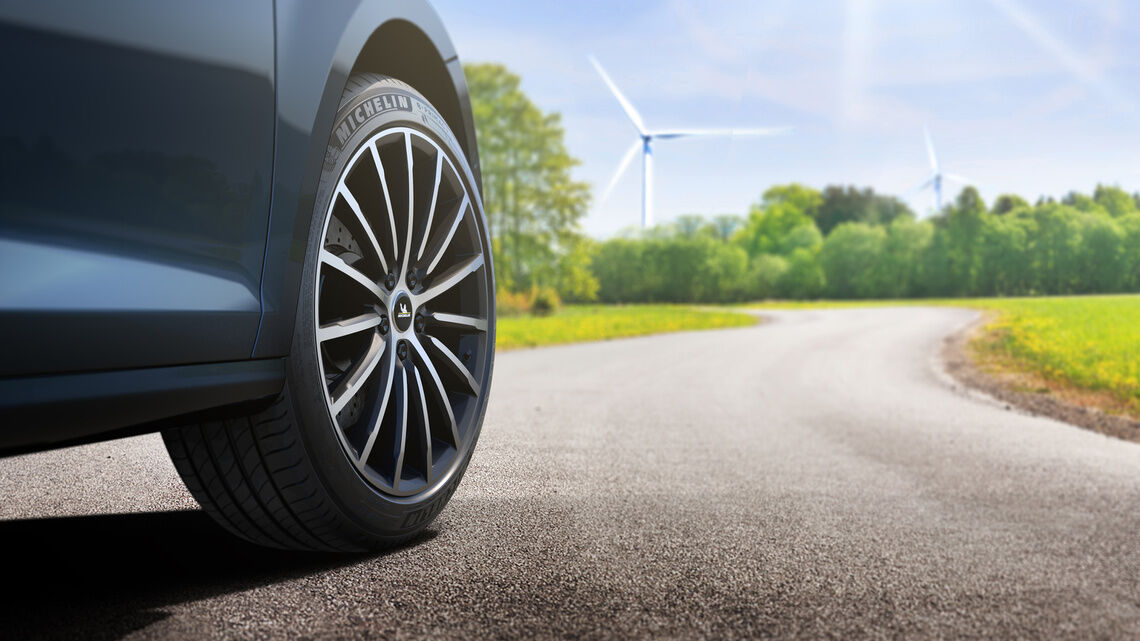How can I increase my electric car range?
There are four main ways that a driver can improve their electric car range:

Adopt a smooth, anticipatory driving style
The most important factor affecting the average distance an electric car can go is known as eco-driving.
Eco-driving is the style of driving that is the number one way to optimise energy consumption, both in the way the driver accelerates and decelerates. Someone who regularly speeds up quickly and brakes sharply will have less range than a driver with a smoother driving style.
Speed is also a factor. Range varies depending on whether you’re driving inner-city, in the suburbs or on the highway. The faster you drive, the quicker you use up range.
Keep up to date with vehicle maintenance
If there’s one thing to remember, it’s that the electric car’s range is considerably linked to its maintenance in general. This not only includes regular maintenance checks with a mechanic, but it also involves seasonal care and keeping an eye on the pressure of your electric car tyres.
For example, winter can directly affect your electric car range: when it gets cold, the global efficiency of the battery, motor tend to decrease. Below zero degrees, the range can also be affected. This is why many manufacturers offer the option of being able to heat the car before taking it out.
The pressure of your electric car tyres is also a significant factor that affects the average distance an electric car can go. Driving with under-inflated tyres will result in unnecessary electricity consumption, as the tyres require more energy to roll. Not to mention that incorrectly inflated tyres can lead to premature wear and tear.
Know more about how and when to check your tyre pressure.
Remove unnecessary load and drag
Range depends on the load the vehicle is carrying: the more weight you have inside a car, the more energy is needed to move it. There’s inevitably a loss of range. So, check that you’re not carrying around unnecessary weight in the trunk!
Aerodynamics also come into play here. Roof racks, bicycle carriers and so on will add drag, increasing energy consumption and reducing range. For optimal electric car efficiency, if you’re not leaving on vacation, remove any external accessories to get maximum electric car range.
Fit your vehicle with the right electric car tyres
Fitting your car with the right electric car tyres is essential for getting the most electric car efficiency in terms of range. The tyres have a key role to play, especially through what we call the rolling resistance. When you want a tyre to roll, it has to dissipate a bit of energy, and this small amount of dissipated energy eats away at the battery’s range. To put it simply: the lower the rolling resistance, the more range you can get out of your electric vehicle.
Hence, at Michelin, rolling resistance is at the heart of the design of our eletric car tyres :
In the premium replacement tyre market MICHELIN e·Primacy, is increasing your range by an estimated 7% or around 30 km for a vehicle with a range of 400 km vs other tyres of its category(1)(2). For your high-performance electric vehicle, MICHELIN Pilot Sport EV provides you 60km of additional range(3)
How do you know which tyres offer the best rolling resistance?
How can you find the most suitable electric car tyres for your vehicle? Well, in some countries, like in Europe (and soon China), there is a specific label – like the sticker you’d find on a fridge, for example. On this label, “A class” means the lowest rolling resistance. So, if you were to compare “A class” tyres with “C class” tyres, you’d get more range from the former.
LEGAL MENTIONS:
(1) - MICHELIN e·PRIMACY category of tyres is defined as one of the Premium summer tyres such as CONTINENTAL, GOODYEAR, BRIDGESTONE, PIRELLI, DUNLOP brands, and which are not dedicated to Original Equipment application (i.e. not designed to achieve car manufacturers specific targets) but tyres that can be purchased from retailers.
(2) - Increased EV battery range and CO₂ reduction - When new, MICHELIN e·PRIMACY generates 2kg/t on average Rolling Resistance less than competitors, equivalent in fuel consumption reduction of up to 0.21l/100km, equivalent of a gain in CO₂ emission up to 5g for a VW Golf 7 1.5 TSI or equivalent of gain of up to 7% in autonomy for a VW e.Golf.
(3) - Rolling Resistance internal study conducted in 10/2020, on dimension 255/45 R19, comparing MICHELIN Pilot Sport EV (6.7kg/t) versus MICHELIN Pilot Sport 4 SUV (8.8kg/t). For an electrical vehicle of a mass 2151kg, with an autonomy of 540km, this gap of 2.1kg/t drives to a gain of autonomy of more than 60km, or more than 10% of the initial range.


